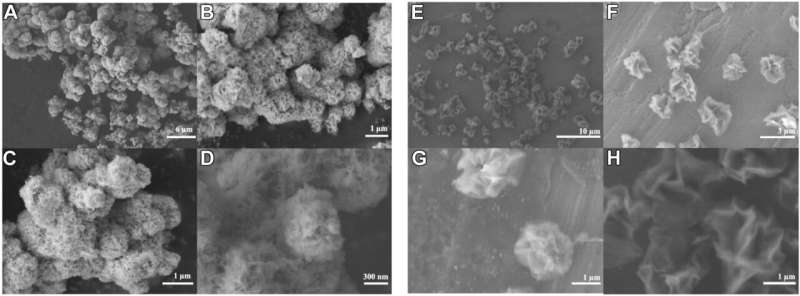Research at Texas A&M University has unveiled a groundbreaking advancement in brain science, utilizing novel nanoflower technology to potentially shield the brain from oxidative damage. A study published on July 17, 2025, in the Journal of Biological Chemistry, demonstrates that these metallic flower-shaped nanoparticles can protect and repair brain cells by enhancing mitochondrial health, a crucial factor in cellular energy production.
The research, led by Charles Mitchell, a doctoral student in the College of Agriculture and Life Sciences, alongside research specialist Mikhail Matveyenka, was supervised by Dr. Dmitry Kurouski, an associate professor and researcher at the Texas A&M AgriLife Institute for Advancing Health through Agriculture. This innovative approach focuses on the underlying mechanisms of neurodegenerative diseases such as Parkinson’s and Alzheimer’s, aiming to go beyond merely managing symptoms.
Mitochondrial Function and Brain Health
Mitochondria, often referred to as the “powerhouses of the cell,” are essential for converting food into usable energy. Yet, this process generates waste, including reactive oxygen species—unstable molecules that can harm cells. Kurouski’s team conducted experiments to assess the therapeutic potential of nanoflowers on neurons and astrocytes, supportive brain cells. Within just 24 hours of treatment, researchers observed a significant reduction in reactive oxygen species, along with improvements in mitochondrial integrity and quantity.
Kurouski noted, “Even in healthy cells, some oxidative stress is expected. But the nanoflowers seem to fine-tune the performance of mitochondria, ultimately bringing the levels of their toxic byproducts down to almost nothing.” This connection between mitochondrial function and brain health suggests that protecting these cellular structures could lead to significant improvements in brain function, especially following disease-related damage.
Advancing Research with Model Organisms
After confirming the effects on isolated cells, the research team advanced their studies by evaluating the impact of nanoflowers in Caenorhabditis elegans, a well-established model organism in neurological research. The results were promising; worms treated with one type of nanoflower demonstrated an extended lifespan, surviving days longer than untreated counterparts, which typically live around 18 days. Moreover, treated worms exhibited lower mortality rates during early life stages, indicating the nanoflowers’ potential neuroprotective qualities.
Looking to the future, Kurouski plans to conduct further studies on toxicity and distribution in more complex animal models, a necessary step before moving into clinical trials. This research might pave a new path in neurotherapeutics, a field that has struggled for decades to develop effective treatments for neurodegenerative disorders.
While most existing therapies primarily manage symptoms, Kurouski believes that targeting mitochondrial health and oxidative stress through nanoflowers could represent a transformative approach. His team has collaborated with Texas A&M Innovation to file a patent application for the use of these nanoparticles in neuroprotective treatments. Future partnerships with the Texas A&M College of Medicine are also planned to further explore their applications in treating conditions such as stroke, spinal cord injuries, and neurodegenerative diseases.
Kurouski expressed optimism about the findings, stating, “We think this could become a new class of therapeutics. We want to make sure it’s safe, effective, and has a clear mechanism of action. But based on what we’ve seen so far, there’s incredible potential in nanoflowers.”
This pioneering work could not only advance scientific understanding but also lead to innovative treatments for millions affected by neurodegenerative diseases worldwide.



































































